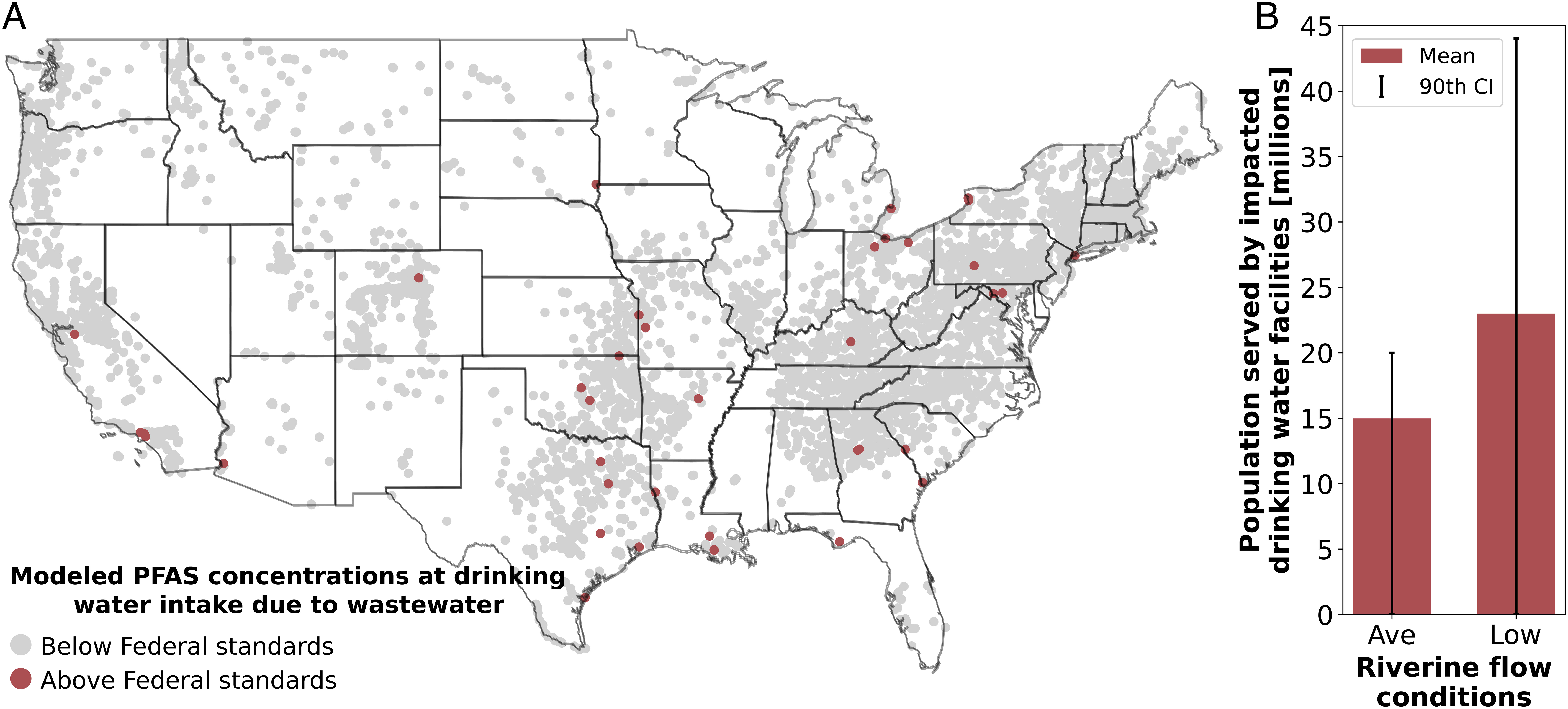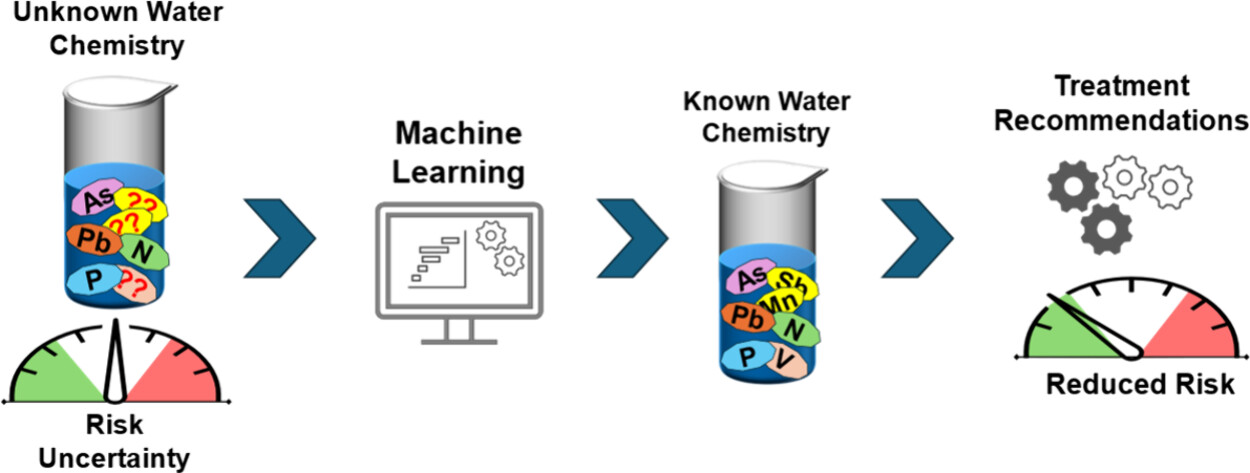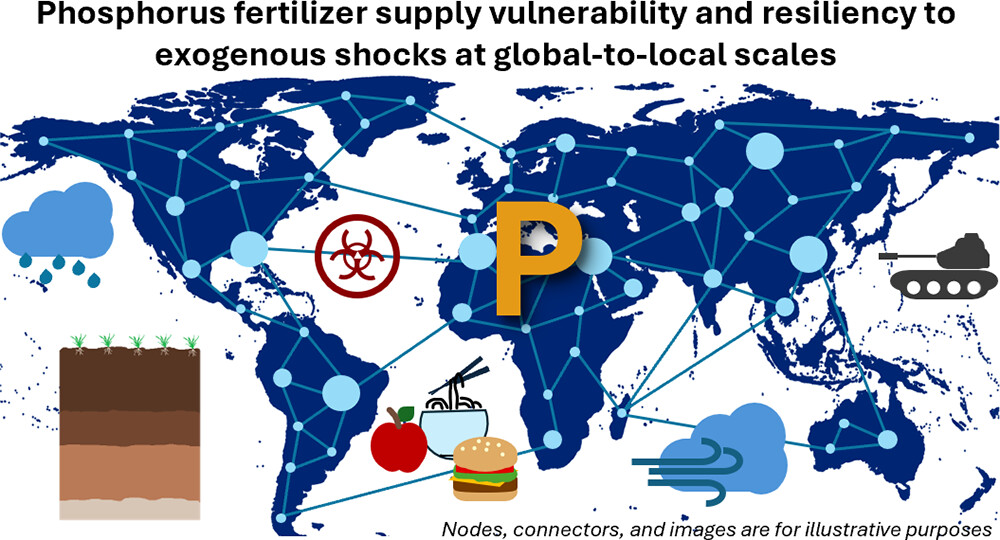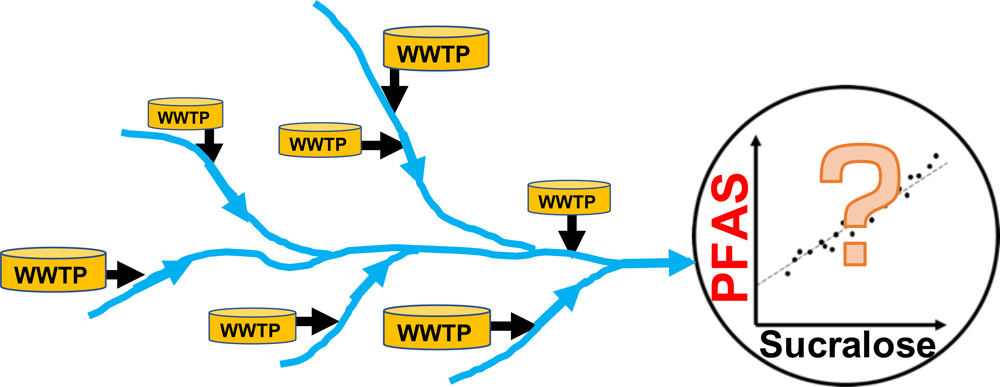High organofluorine concentrations in municipal wastewater affect downstream drinking water supplies for millions of Americans
Published in Proceedings of the National Academy of Sciences of the United States of America, 2025
US municipal wastewater facilities are major per- and polyfluoroalkyl substances (PFAS) sources known to affect drinking water quality. Among eight large wastewater treatment facilities with comparable treatment technologies and sizes to those serving 70% of the US population, we found that the six regulated PFAS in drinking water accounted for <10% of extractable organofluorine (EOF) in wastewater influent and effluent. Most (62 to 75%) of the EOF consisted of commonly prescribed fluorinated pharmaceuticals, and the maximum EOF removal efficiency was <25%. Results from a national wastewater dilution model suggest that wastewater PFAS discharges impair drinking water supplies for >20 million Americans, emphasizing the importance of reducing diverse PFAS sources entering wastewater.




